Elderberries ripen in the northern hemisphere starting in early summer (for Southern locations) through late summer and early fall (in northern locales). You might think that is the best time to go scouting for them if you plan to forage for elderberries.

And while certainly scouting for ripe berries is smart, there’s actually a better time to find elderberry bushes to forage for flowers and elderberries.
Jump to:
- When to Look for Elderberries to Forage
- Where to Look for Elderberry Bushes in the Wild
- How to Spot an Elderberry Bush in Flower
- Some similar, but different white flowering plants that may fool you
- What Elderflowers Look Like
- VIDEO: When Is The Best Time to Find Elderberries to Forage? When They’re in Bloom!
- Positively ID Elderberries Before You Forage from Them
- Tips for Tracking Foraging Bushes
- Forage for Flowers While You’re Out There
- When to Expect Elderberries to Ripen
- Signs the Elderberries Are Ripe
When to Look for Elderberries to Forage
The best time to look for elderberries to forage is early in the season when the plants are in bloom; when they’re flowering.
When elderberry bushes are flowering, they are much easier to spot from a distance. The plentiful, bright white umbels can be seen clearly across a field. This will quickly point out those bushes that you should take a closer look at.
Another reason this is a good time to scout for future berries is that you will only have a short window of time once the berries start ripening. Birds love elderberries as much as we do, so they are quick to beat us to them.
That means that once the elderberry picking season comes, you’ll want to be ready and know just where to go.
Knowing where the bushes are also helps you to keep a check on the ripening status. Ripening time can vary from year to year, and the berries can go from “almost there” to “pick now before the birds get them!” in just a few days. So it’s smart to be prepared, know where to go, and keep a casual eye on where the berries will be.
Where to Look for Elderberry Bushes in the Wild
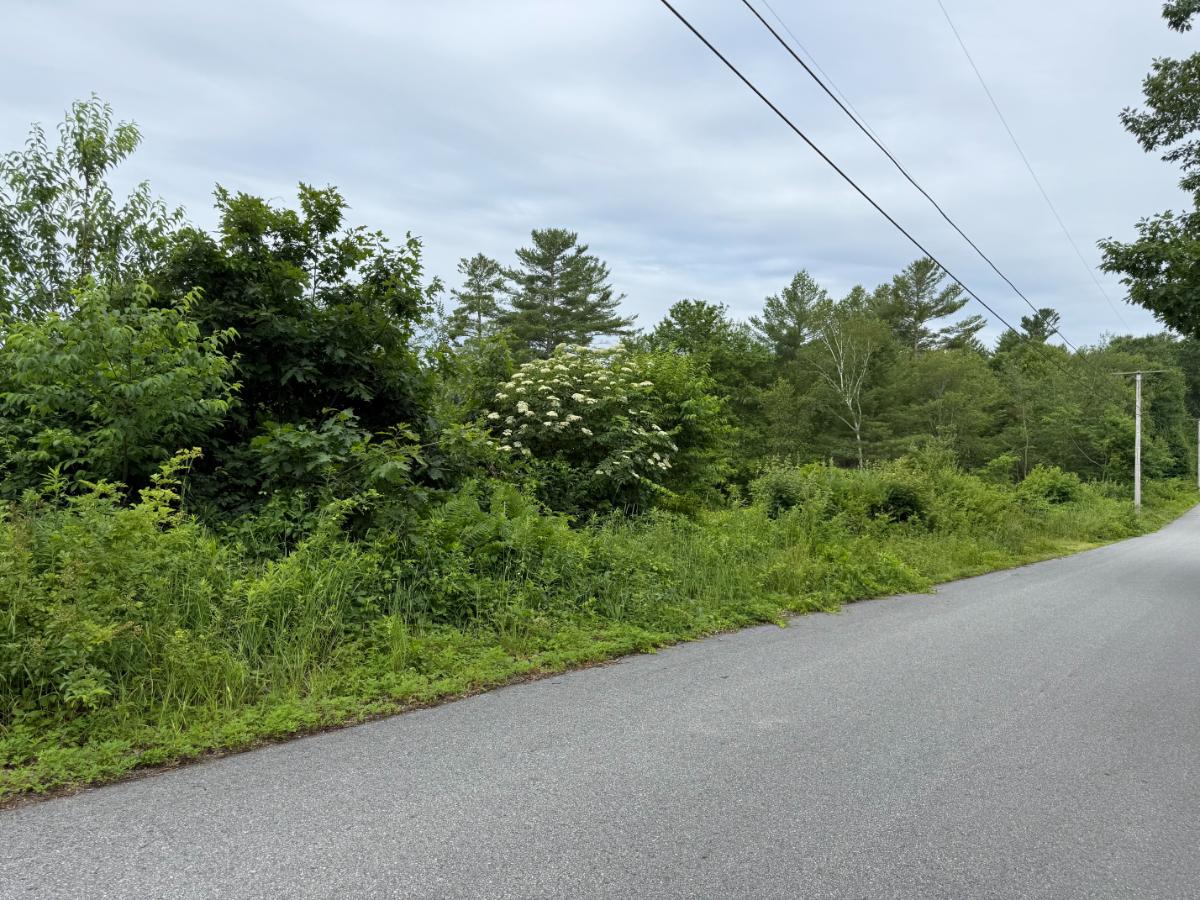
There isn’t always rhyme or reason to where you will find elderberries in the wild. Just when you think you have it figured out, you'll see one pop up in a place you think it has no business growing. So it’s smart to keep an eye out in your travels as you go.
However, there are some places where elderberries should want to live, and where they will generally do better; places where you’re most likely to find wild elderberries growing. The elderberries you find in the more appropriate places are apt to live for more years, too, so you should be able to go back to them year after year for foraging and picking.
Here are some general places and conditions in which elderberries like to grow:
- Good soil that can hold some moisture
- In moist ground, but usually not in standing water (or at least not in constantly standing water)
- Along the edges of streams with good organic soil (not sandy soil)
- Along the edges of drainage ditches
- Often, along the edges of fields with at least several hours of sunlight, or sometimes in filtered or part shade
- In forest openings or clearings/partial clearings with good light and good, moist soil
Elderberries like water and require quite a bit of it. If they’re not living next to a pond or stream, they need to have soil that holds moisture well enough for them to thrive. Often, this is a place where there might be minor spring puddling or flooding that recedes in time for the plant to take off for the year.
Elderberries also do not compete well with aggressive weeds, especially aggressive vines and climbing weeds.
If you find elderberries to forage, and you find weeds like bindweed or bittersweet encroaching on them, you can do your favorite spot a favor by pulling some down while you’re out there.
How to Spot an Elderberry Bush in Flower
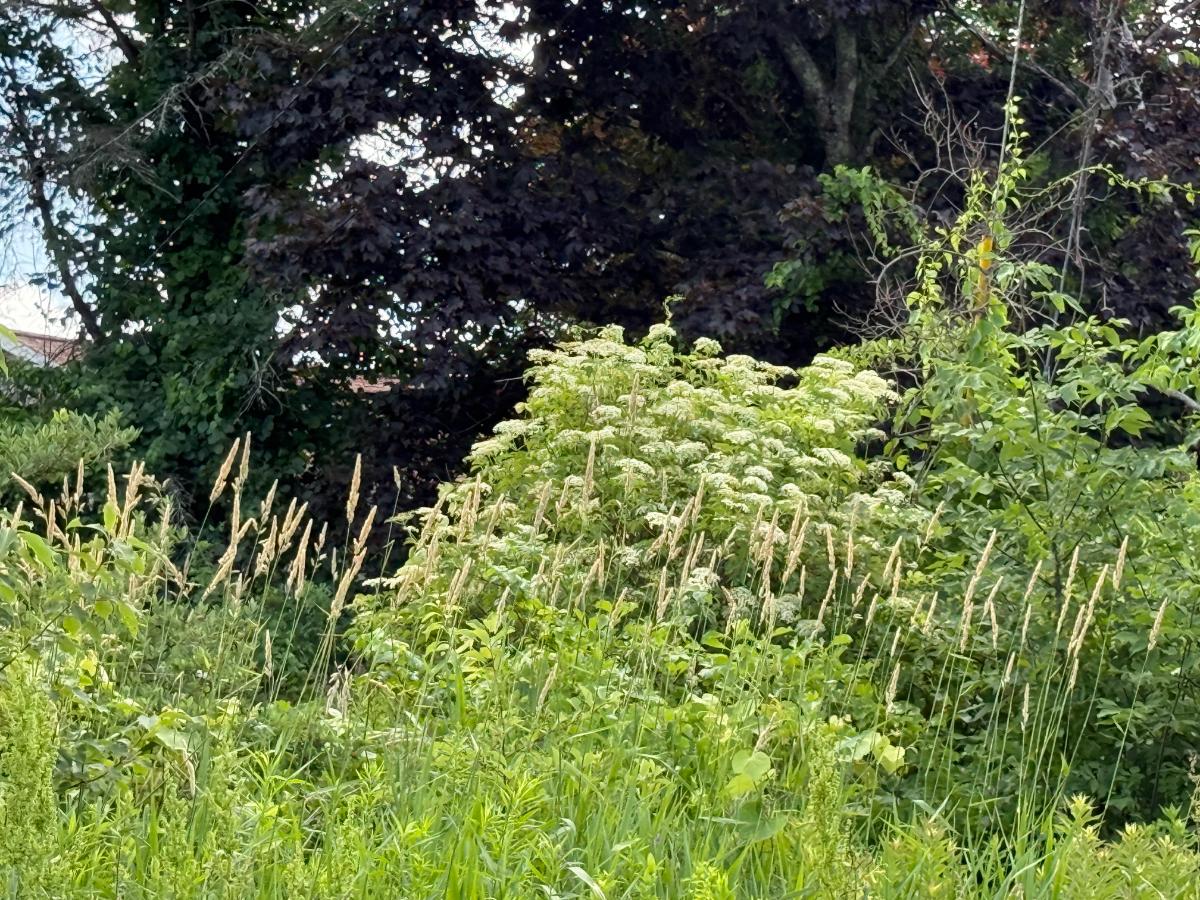
Keep your eyes open for
- Bushes that are about 5 to 12 feet tall with multiple cymes or clusters of tiny white flowers at the tips of the stems
- Most bushes are more in the 5 to 6-foot range
- Growing conditions, age, and crowding or reaching for sunlight can influence the bush’s height
- Bushes that reach for light may be thinner and taller with less bushing
- Elderberries that grow on the sides of roads, yards, or fields where they might be trimmed or mowed will often stay lower growing (which actually makes picking and foraging a lot easier!)
When you get up closer to the bush, you will see that these cyme clusters, called umbels, are umbrella-shaped groups of very small flowers which branch out from a main stem to secondary stems and then to individual flower stems with one flower on the end of each small, terminal stem.
If you look toward the ground and the stems, you’ll notice both brown woody stems and green stems. The green stems are newer; they are stems grown in the current year, and they will grow into hard, woody stems as the season wears on. (For this reason, the stems that are green when the bushes are in flower may be more woody by the time you go back to pick the flowers.)
Elderberry bushes have some branching, but they expand from shoots from the bottom crown and root system of the plant. This is why you will often see a rounded bush that is a collection of many stems. This is normal growth and behavior for elderberry bushes.
This description covers most types of American or black elderberry, Sambucus Canadensis. Blue elderberry, Sambucus cerulea, is similar but can grow in tree shapes, as can European elderberries.
Some similar, but different white flowering plants that may fool you

There are some bushes that flower at or around the same time as elderberries, which also have clustering white flowers and may look like an elderberry from a distance. Closer inspection will usually clear up any questions.
Multiflora rose is one of the most common of these. The bushes are similar in size, shape, and height, but the flowers are much larger. They are clustered but not tiny and not in umbrella-like umbels.
Pokeweed is often confused with elderberry, but that usually happens in the ripe berry stage. The two aren’t typically flowering at the same time.
Some other plants that are considered look-alikes for elderberry are
- Water hemlock
- Devil’s walking stick
- Sumac
- Wild black cherry
- Queen Anne’s Lace
These will vary by location. Typically, once you are familiar with elderberry identification, the differences become obvious.
What Elderflowers Look Like
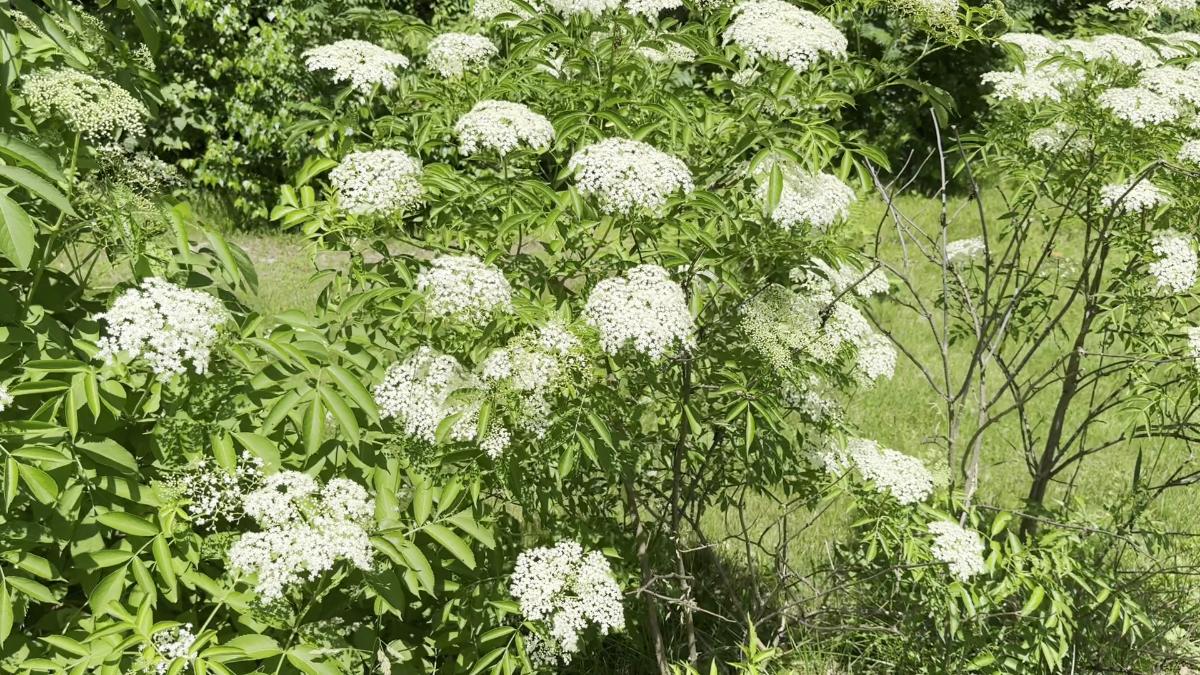
The elderflowers themselves are like tiny, minute daisy-like flowers, usually with around five petals. There can be tens or hundreds, each on their own tiny stem, on a single umbel cluster from a main stem (different bushes will have different size umbrella-shaped umbels).
You may notice yellow pollen in the centers, but as the flowers age, the pollen lightens and browns.
If you see brown flowers, that is usually because the flowers were pollinated and the petals are dying back and dropping off as the blossom transitions into berry formation.
VIDEO: When Is The Best Time to Find Elderberries to Forage? When They’re in Bloom!
Positively ID Elderberries Before You Forage from Them
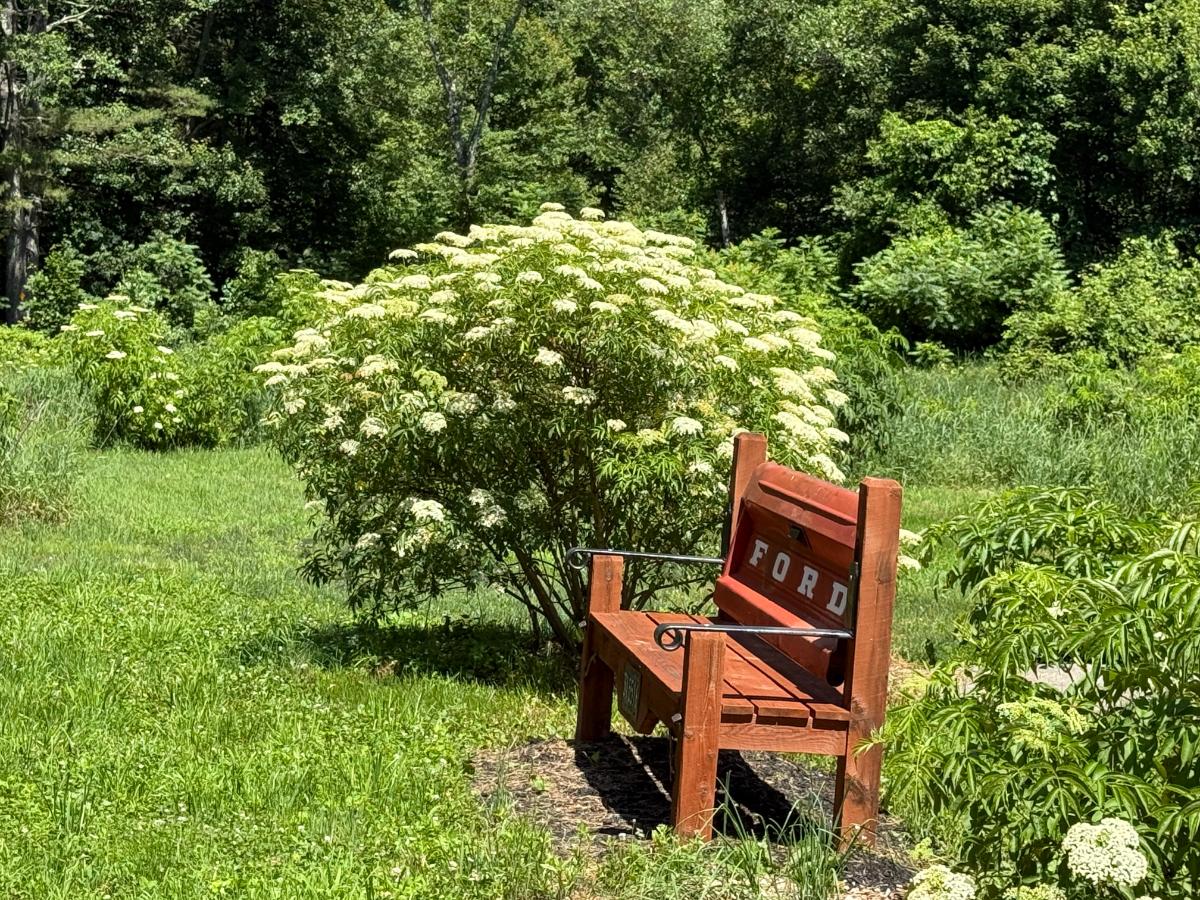
Once you are confident in identifying elderberries, it will come easily to you. Until then, be sure to properly identify any potential bushes.
While there isn’t really a bush that looks exactly like elderberry, there are some that come close enough to cause people to pause. Pokeweed is the most commonly confused with elderberry. Get to know the two, and you’ll see they are really not that similar.
Along with the flower and stem identification mentioned above, elderberries have compound leaves. This means that each leaf looks more like a stem of leaves. There are between five and eleven leaflets on each compound leaf. They have small serrated edges.
These leaves look a little like sumac, but the flower and berry clusters are very different. And as the two mature, a clearer difference in the overall plant emerges.
A good, free plant identification app like Picture This can easily help confirm an elderberry ID in the field. If you don’t have enough service where you’re foraging, take a picture, and you can complete the ID when you get back to wifi or cell service.
Tips for Tracking Foraging Bushes
Once you locate elderberry bushes in flower, you’ll want a way to get back to them when the berries are ripe.
Here are a few suggestions for tracking the location of your elderberries for foraging:
- Keep a simple notebook and jot down roads and approximate locations
- Take a local map along and put a purple dot at the location of each stand of bushes
- Use Google Maps or another online map and drop a pin at the location of each stand of bushes (this works well, but may be trickier in places where there is little cell service)
It helps to keep your list or record of locations from one year to the next, too. Elderberries are long lived perennial plants, so once you have them located you can count on returning to them for many years of picking.
Forage for Flowers While You’re Out There
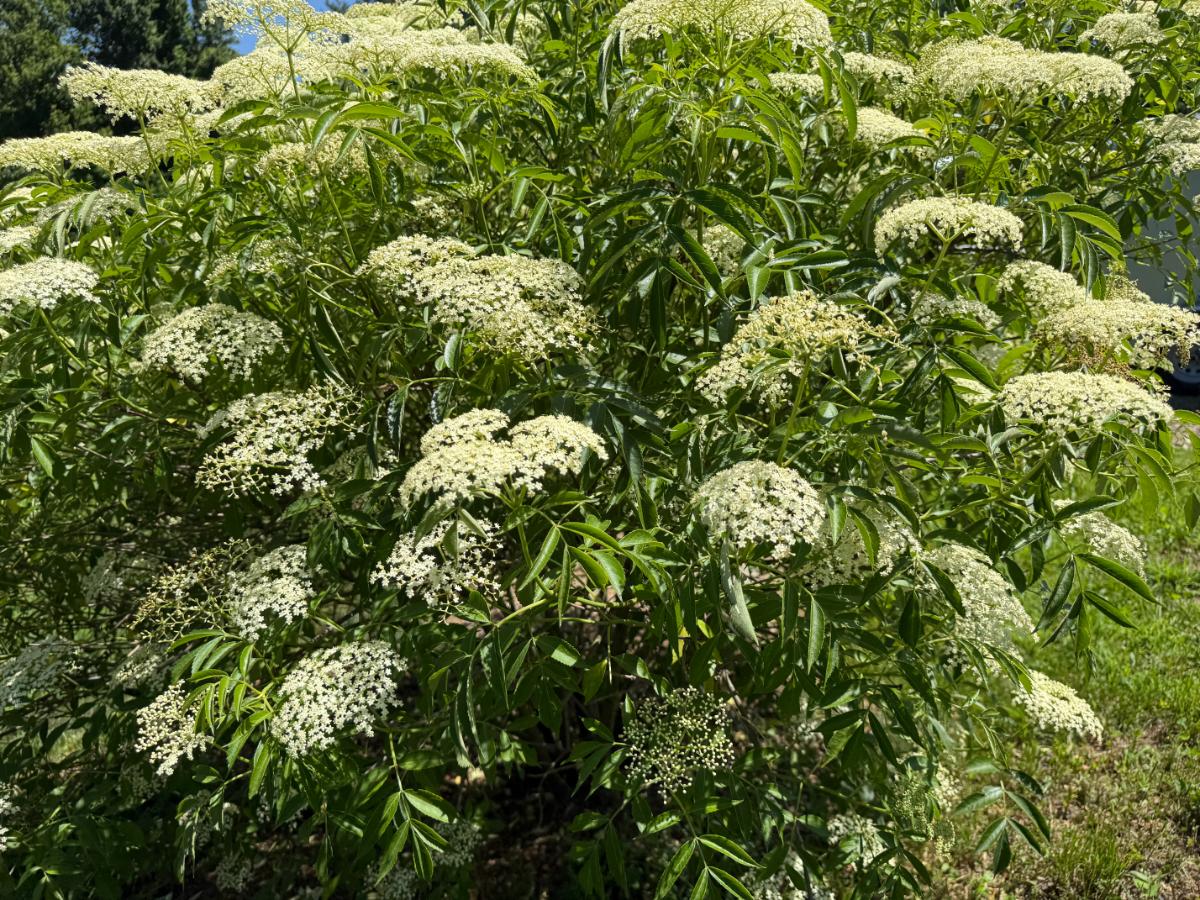
It’s not just the berries of the elderberry plant that you can use. The flowers are useful in many lovely preparations!
Use elderflowers for things like
- Dried for tea
- Tinctures
- Elderflower wine or mead
- Elderflower cordial
- Kombucha
- Elderflower fritters or pancakes
- Infusing butter or oil with elderflower
- Infusing light alcohols with elderflowers
- Elderflower syrup or simple syrup
- Elderflower liqueur
Any flowers that you harvest will, of course, mean they won’t be there to develop into berries. However, you may actually do the plant a small favor by harvesting a modest amount of the elderflower blossoms.
By removing some of the flower clusters, you allow the bush to put more energy into developing berries. This, in turn, allows the plant to put more energy and resources into the berries that remain.
By picking between 10 and 25% of the elderberry’s blossom clusters, you may boost the overall berry size, survival, quality, and the total yield.
On new young plants (under one or two years old), it’s beneficial to remove all the flowers to let that energy go into root and shoot development, to better grow the plant.
When to Expect Elderberries to Ripen
There is a range of time between when elderberries are in flower and when the berries are ripe for picking. For most bushes, this happens between six and eight weeks after flowering.
The wise forager starts checking in on their elderberry bushes at around five to six weeks post-blossoming. Once you see color starting to fill in the berries, then check back weekly, perhaps twice weekly, as the berries get closer.
Signs the Elderberries Are Ripe
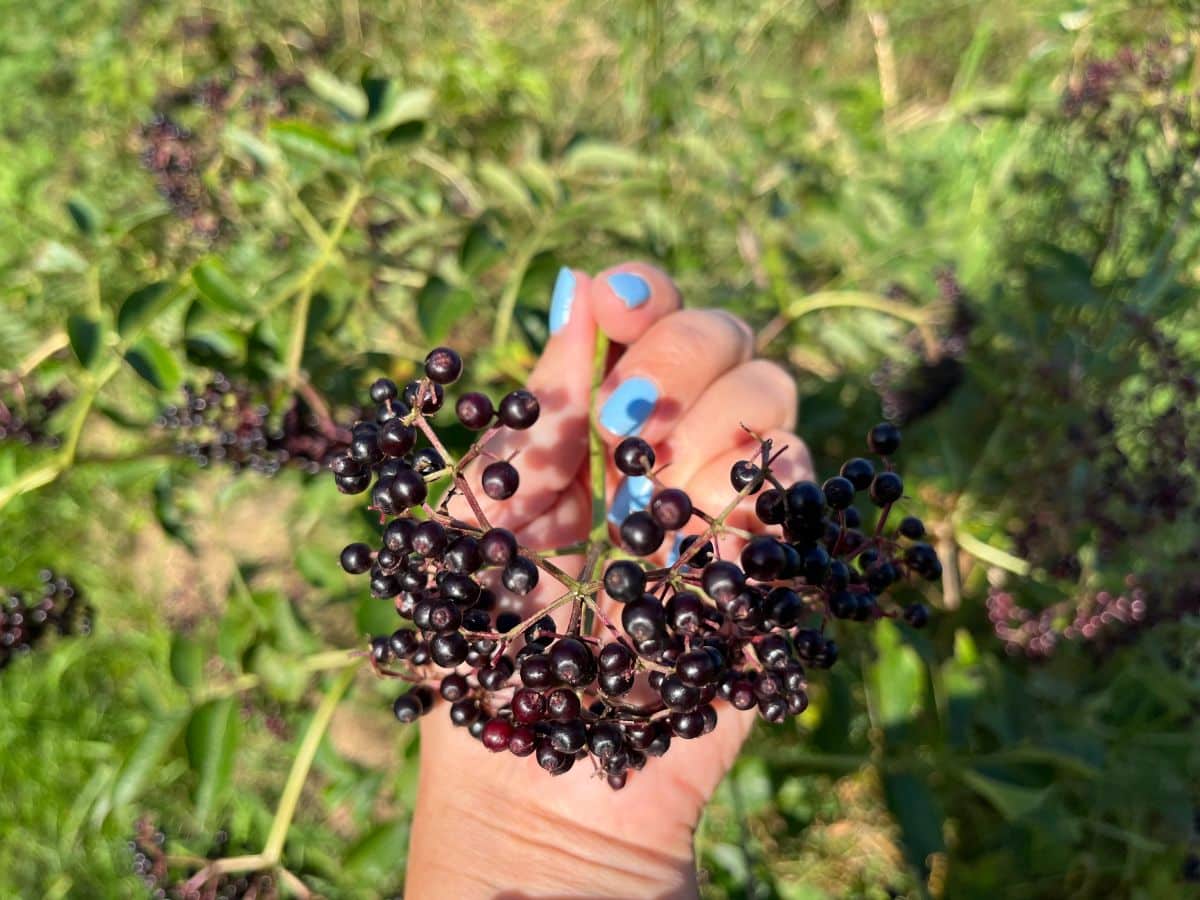
All that’s left, then, is to know what to look for and when to forage for your elderberries!
Pick elderberries when
- Most or all berries on a cluster are dark purple
- Clusters are heavy with juice, often bending and hanging down
- Juicy when squished
- Soft and pliable berries
If you see birds starting to eat your elderberries, that’s a sure sign that the time is right. It is highly unusual for birds to eat unripe elderberries. But once they decide they’re ready, you’ll want to get to them fast! It’s a race to the berries with the birds!
Bookmark this page to come back when it’s time to pick those berries. Don’t forget to sign up for notifications for more great gardening, growing, and foraging content.
Did you know? You can propagate your own elderberries from cuttings from wild elderberry bushes. It’s easy and they root really well!
Read here to learn how to quickly and easily propagate [grow] your own elderberry bushes from free foraged cuttings.
Read here to learn how to pick the best bush to grow your own elderberries.

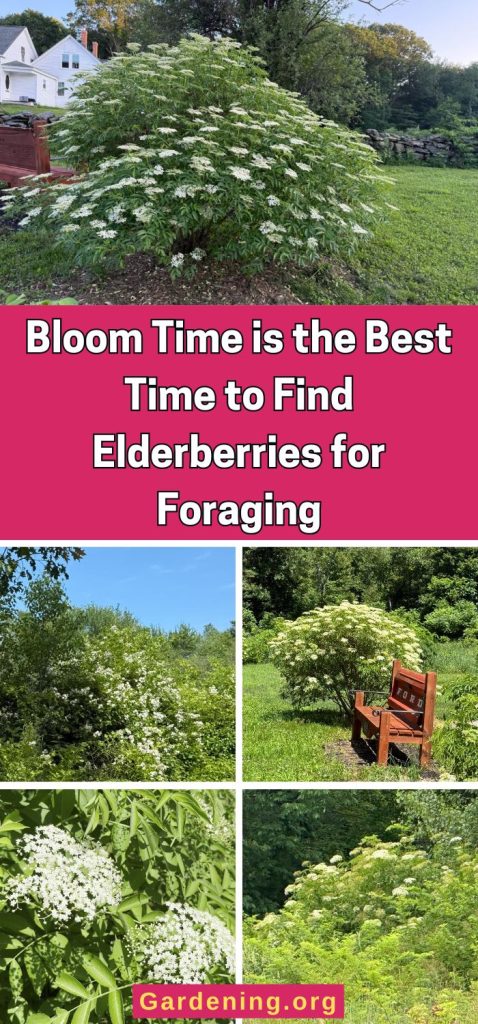
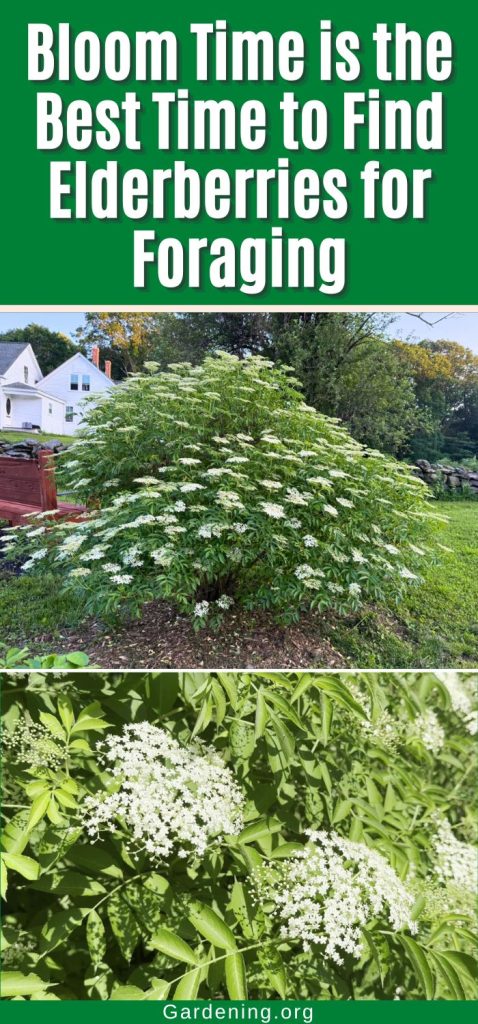
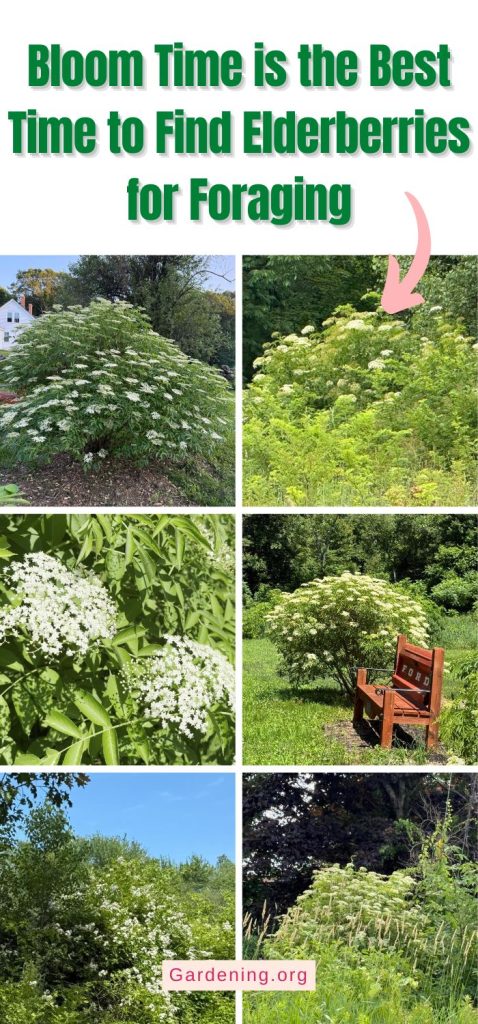
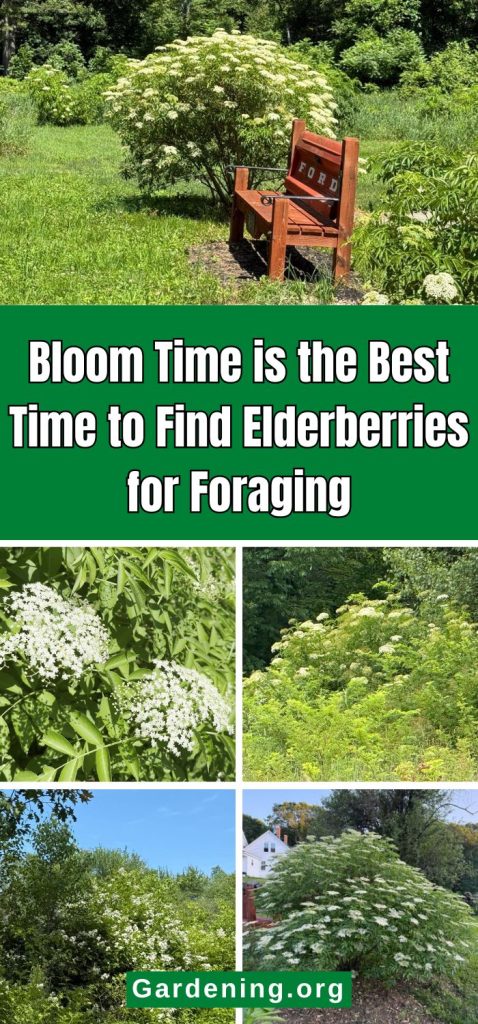
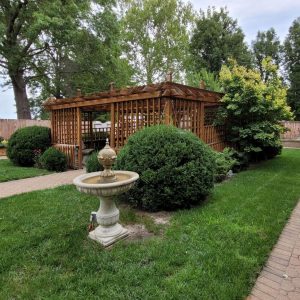
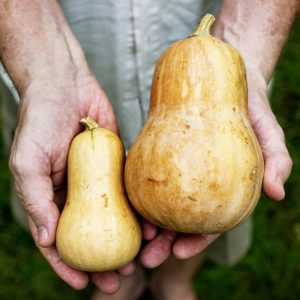
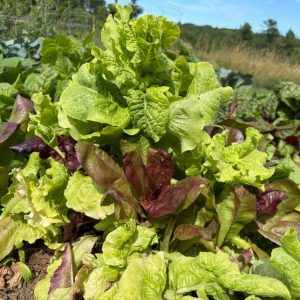
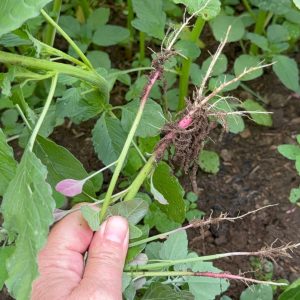
Leave a Reply